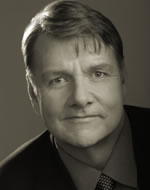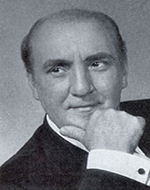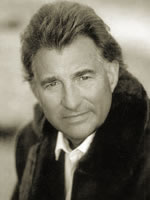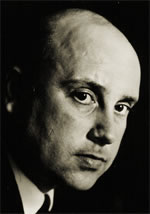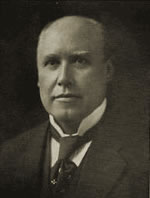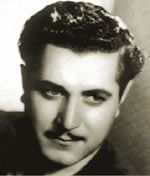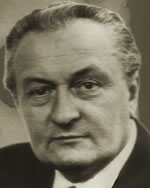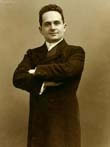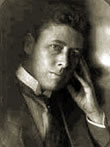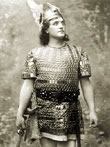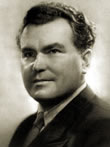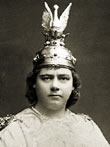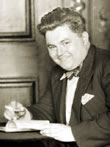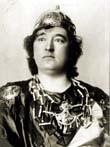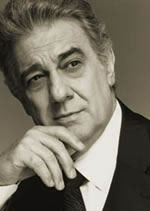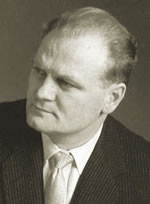 |
| Jon Vickers (1926-2015) |
| Born in Prince Albert, Saskatchewan, Canada, Jon Vickers fully intended to pursue a career in business until he was 22 when he was persuaded to study singing by a fellow singer and he won a scholarship to the Royal Conservatory of Music in Toronto. He steadily built his career in Canada until his big break came in the form of an audition for Sir David Webster of the Royal Opera House, Covent Garden, London in 1956. After a début as Riccardo in Verdi's Un Ballo in Maschera, he hit the big time by tackling two of the most challenging roles in the entire repertoire during his first year there (1957): Aeneas in Berlioz's Les Troyens and the title role in Verdi's Don Carlo. Thought of as primarily an "Italian tenor" in Europe, he was guided more into the German repertoire as a result of his association with the Metropolitan Opera in New York, largely because the director, Sir Rudolf Bing, felt adequately covered in the Italian repertoire with singers such as Corelli and Tucker, whereas the German repertoire was seriously lacking an exponent. He continued to sing the "big" roles -- Otello, Samson (both Handel's and Saint-Saens'), Peter Grimes, Tristan, Florestan, Parsifal, Siegmund -- until he gradually wound down his career as a singer in the later 1980's. |
|

